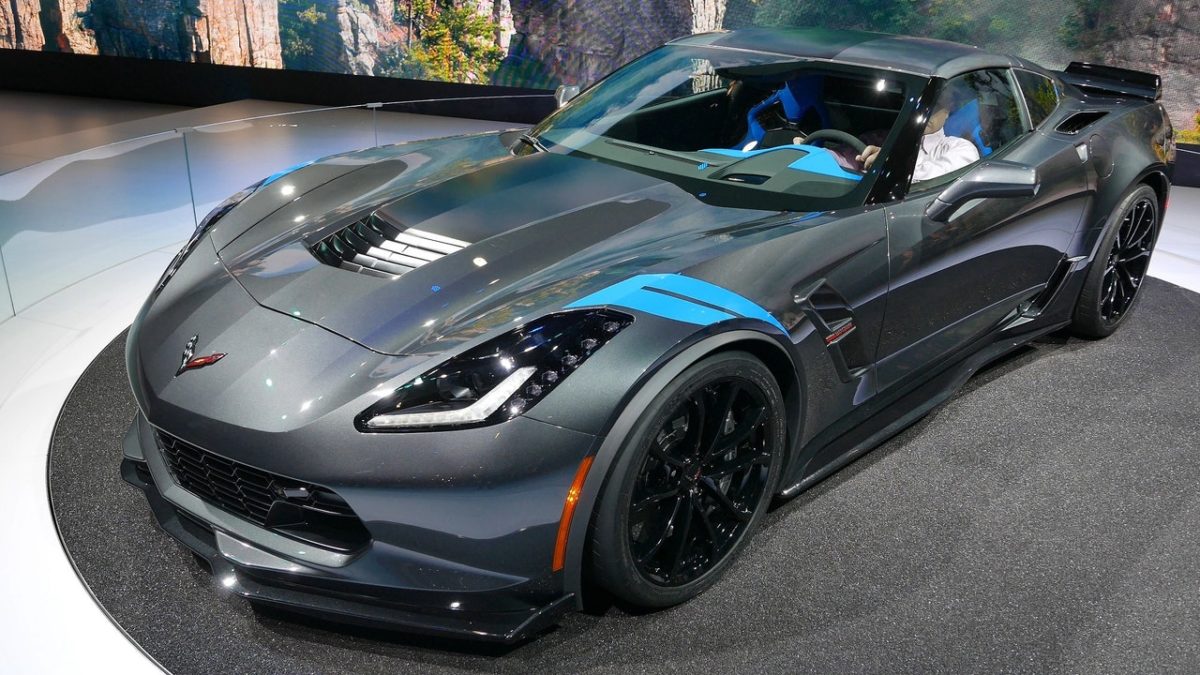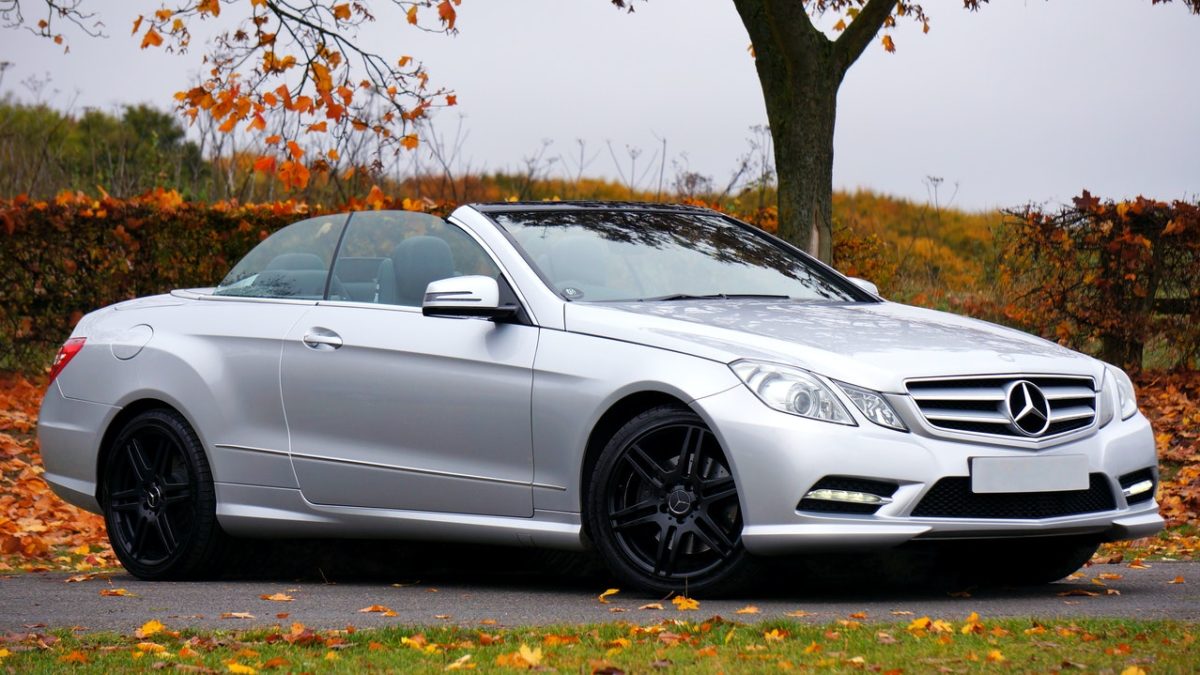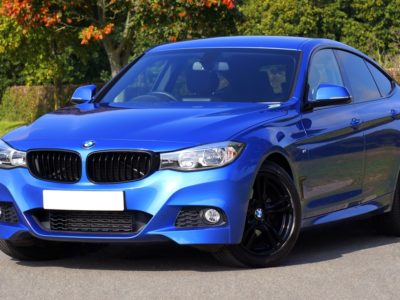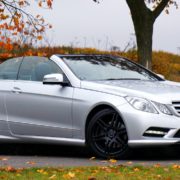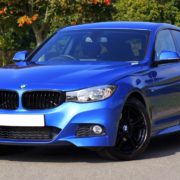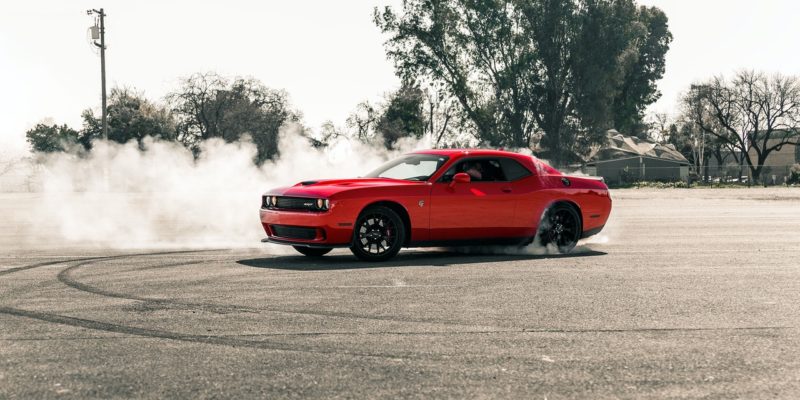
Classic cars —- like contemporary vehicles —- come in all different shapes and sizes. Then, as now, manufacturers created different cars for different target markets. Obviously, one of the most popular and enduring types of car from the late 1960s and early 1970s is that the uniquely American muscle car. Yet, the term muscle car has always been rather vague. Some use”muscle car” interchangeably with”sports car.” To be honest, it may be somewhat difficult to distinguish a muscle car out of a regular sports car. Along with the muscle car vs pony vehicle debate is even more muddled. Here, we plan to clear up the confusion and clarify the differences and differences between classic pony cars and muscle cars:
What is a Pony Car?
The pony car is a product of a very specific time and place from the American automobile industry. Even though there is some contention around who designed the very first sports car or muscle car, virtually no one questions the origin of the brand new car. Instead, basically everybody agrees that the first brand new car was the 1964 1/2 Ford Mustang. (“Pony car,” and”mustang” are attached terms in this aspect.) What created the’64 1/2 Mustang so unique was that it was one of those very first high-speed vehicles with mass appeal. Really, Mustangs and all subsequent pony cars tended to be more affordable, widely available, and customizable. It is possible to think of a pony car as a specific sort of sports car —- an inexpensive coupe with rear-wheel drive and a long hood that could still seat four people.
Cases of Pony Cars
Because the’64 1/2 Mustang proved to be so popular, it didn’t take long for other manufacturers to follow Ford’s lead and introduce their own version of the brand new car. Well-known cases of classic pony cars comprise vehicles like the Pontiac Trans Am, the Plymouth Barracuda, and the Chevy Camaro. Both muscle cars and pony cars are usually coupes or convertibles. Both tend to have long hoods. And both have high performance skills. The principal difference, and to get some classic car enthusiasts the only substantial difference, comes down to the engine. Muscle cars typically contain an extremely large and powerful motor —- at minimum a V8. So for many people, in case a basic sports car does not have a V8 motor, it isn’t a muscle car. Examples of classic cars that match this strict definition comprise the Plymouth Road Runner and Shelby Cobra. This means that telling the distinction between a”true” muscle car along with a pony car is frequently an issue of inspecting a single car. It had been possible for customers to buy many sports cars using either a tiny block or big block motor. So certain versions may be either a pony car or a muscle car —- based on their engine size. In conclusion, whilst pony cars and muscle cars have a lot in common, muscle cars are usually slightly bigger and comprise a more potent engine.
Contact Us
In Precision Restorations, we can deal with every aspect of a classic vehicle recovery from the paint job, to the springs and shocks, and everything in between. (Plus we provide restomod services too!) Contact us toll-free at 1-844-503-8118, or email me at dale@precisioncarrestoration.com. We love talking about restoring classic cars!

